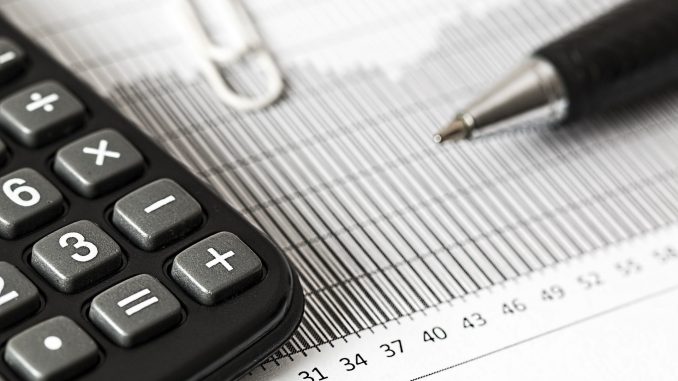
The national economy is gradually returning to its normal rhythm. A dynamic confirmed by the Directorate of Treasury and External Finance (DTFE) in its recent note of conjuncture which states that the situation of the national economy was marked in 2021 by the restoration of economic balances. “The national accounts for the four quarters of the year 2021 have shown better results than expected with a recovery of +7.6% on average against -6.3% in 2020 and this, thanks to measures taken under the recovery plan and significant progress in vaccination to achieve herd immunity.
Favored by very good results of the agricultural campaign after two years of drought, the growth of the Moroccan economy in 2021 has been driven by a very dynamic secondary sector, especially industry and construction,” says the same department in its note of conjuncture for the year 2021. The 2020-2021 agricultural campaign took place in good conditions with an average rainfall that reached 291 mm at the end of April, up +32% compared to the previous campaign, recalls the DTFE adding that the production of the three main cereals was estimated at nearly 103.2 million qx, up +221% compared to the previous campaign, the 2nd best production since the launch of the Green Morocco Plan.
In addition, and despite supply problems at the global level coupled with significant increases in energy and raw material prices that have led to record levels of inflation worldwide, price increases have remained under control in Morocco, reaching +1.4% in 2021 compared to +0.7% a year earlier, according to the DTFE. By sector, the production index for manufacturing industries is expected to grow by 6.7% in 2021 compared with -6.3% in 2020. The production capacity utilization rate in industry rose by 7.5 points to 72.2%.
For the construction sector, it should be noted that cement sales achieved a remarkable performance of +14.8% after a decline of -10.7% in 2020. Regarding the net local production of electricity, it is up by +6.7% at the end of 2021 against -4.1% at the end of 2020. “This development is mainly related to increases in renewable energy (+5.2%), concessional production (+5.3%) and production of ONEE (+11.9%),” reports the same source. Regarding the mining sector, the production of phosphate slowed to +1.8% in 2021 after +6.1% a year earlier while that of derivatives fell by -1.7% after +9.7%. Regarding tourism activity, it has improved by +34% and +31.8% respectively in terms of arrivals at border crossings and overnight stays after the significant falls of -78.5% and -72.4% in 2020. Regarding air traffic, it increased by +38.9% after -71.5% in 2020. Regarding port traffic, it has consolidated its good performance with a growth of +11.6% against +12.4%. For the telecommunications sector, the DTFE confirms an improvement driven by the respective increases of +18.4% and +8.2% of Internet and mobile parks.
The recovery of the economy is also palpable in the execution of the 2021 Finance Law, which resulted in a budget deficit of 70.9 billion dirhams or 5.5% of GDP, in line with the initial forecasts. In terms of debt, the total outstanding debt of the Treasury reached 885.3 MMDH, up +52.7 MMDH or +6.3% against +85.3 MMDH or +11.4% at the end of 2020. “Relative to GDP, and after the considerable increase recorded in 2020 to reach 71.1%, the debt ratio of the Treasury has resumed with the decline in 2021 to return to 68.9%, “notes the said note adding that by type, the domestic debt holds a share of 77% against 23% for the external debt, in accordance with the objectives retained for the portfolio benchmark (70% – 80% domestic debt and 20% – 30% external debt). In this sense, the outstanding domestic debt of the Treasury is 681.5 MMDH in 2021, up +48.6 MMDH or +7.7% compared to 2020 to 632.9 MMDH at the end of December 2020.

Be the first to comment